As your students embark on their literacy journeys, it is important to put in place proven methods that accelerate learning, improve student outcomes, and close learning gaps. Over the past few decades, research has been conducted in multiple languages to find the best ways to teach the skills that develop proficient readers. This work is critical because a significant percentage of U.S. students are reading below grade level. By using this research coupled with the art of teaching, teachers are able to refine their methods of instruction and encourage mastery of foundational literacy skills to put students on the path to reading success.
What is the Science of Reading?
The Science of Reading (SoR) is a comprehensive body of research that encompasses years of scientific knowledge intended to aid students in becoming skilled readers. Derived from developmental psychology, cognitive science, and cognitive neuroscience, Science of Reading research has formed the foundation for several different accepted theoretical frameworks including:
- The Simple View of Reading: A theory that identifies word recognition (decoding) and language comprehension as major contributions to reading comprehension and allows educators to predict reading comprehension levels using Gough and Tunmer’s 1986 formula¹:
Decoding (D) X Language Comprehension (LC) = Reading Comprehension (RC)
According to this theory, it is clear that strong reading comprehension depends on the combination of these skills. - The Reading Rope: A theory that was created to help educators understand what is necessary to create proficient readers. Created by Dr. Hollis Scarborough, this theory is embodied by a model (originally made of pipe cleaners) that comprises two main sections: word recognition and language comprehension. Each strand of the rope represents different reading skills such as vocabulary and sight recognition. When woven together, they form the foundation of the rope that depicts reading proficiency.
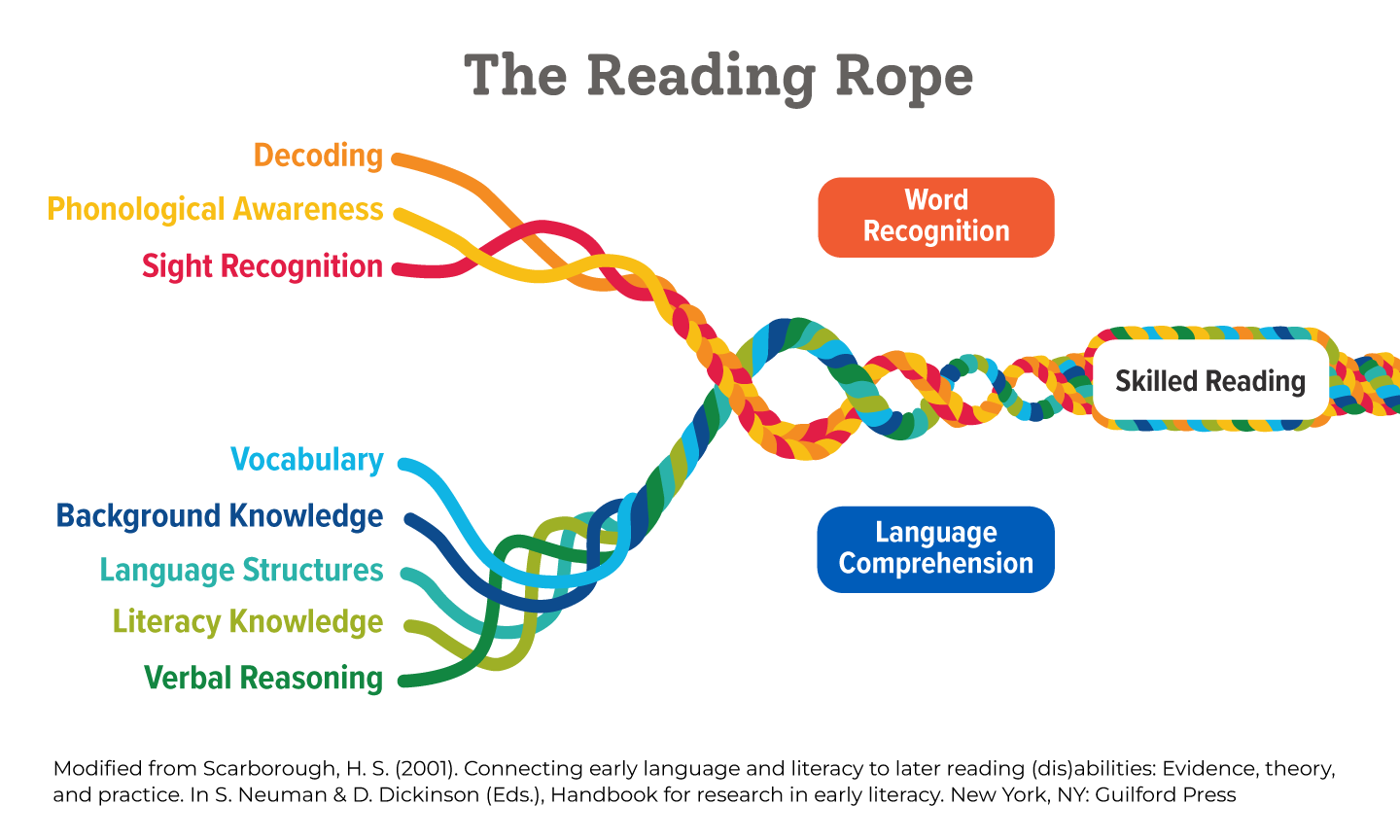
How Raz-Plus Aligns With The Reading Rope
See how the resources in Raz-Plus align with each strand of The Reading Rope and help teachers foster Word Recognition and Language Comprehension for all K-5 students.
- 5 Pillars of Literacy: Drawing on decades of scientific research, the Reading Panel has identified five components or “pillars” essential for early literacy instruction: phonemic awareness, phonics, fluency, vocabulary, and comprehension.

How Foundations A-Z Aligns With the 5 Pillars of Early Literacy
See how the resources in Foundations A-Z align with each of the five components or “pillars” essential for early literacy instruction and contribute to knowledge building.
As a whole, Science of Reading research aims to inform instruction and create best practices to achieve greater academic success.
Putting Science of Reading Theory Into Practice
Before putting the Science of Reading into practice, it is important to ensure an understanding of key terminology. Take a look at the following terms:
- Explicit: Teacher-led, direct instruction where individual skills are broken down to their smallest parts and taught one at a time, in isolation, with ample time for practice before application and before moving on to the next skill.
- Systematic: Follows a distinct plan that develops from simple to more complex and is comprehensive.
- Sequential: In a specific order, with one thing followed by another
- Cumulative: Builds on previously learned concepts.
- Multisensory: Combines listening, speaking, reading, and writing using the senses, including a tactile or kinesthetic activity.
Research has proven that taking an explicit, systematic, cumulative approach to reading instruction yields greater academic results. This structured approach to literacy instruction also provides multiple instances of exposure to multisensory practice opportunities and provides grade-level appropriate texts along the way.
Learning to read involves the interaction of many complex skills. The extensive research behind the widely accepted Laddar of Reading reveals that only 5% of the population find learning to read "effortless." In contrast, 40-50% of students require code-based, explicit, systematic, sequential instruction. Leveraging Science of Reading research with a structured approach is the best way to produce skilled readers.
Selecting a Science of Reading-Aligned Literacy Solution
Selecting a reading curriculum or supplemental solution that is aligned with current research will help to promote positive learning outcomes in the classroom.
Foundations A-Z
Built on Science of Reading research, Foundations A-Z is a comprehensive foundational skills solution that helps boost foundational literacy skills in the classroom. EdReports has awarded Foundations A-Z with "all-green" ratings, indicating that this solution sufficiently delivers standards-aligned, high-quality materials that apply research-based best practices for foundational skills instruction. Foundations A-Z simplifies instructional planning for teachers by offering all the tools and resources they need in one place, including embedded professional development.
“Foundations A-Z is an excellent program for my students! They are READING and really learning based on the Science of Reading! I especially love the manipulatives, and the word and letter cards keep my kids focused. If you want to teach children to learn the rules of reading, Foundations A-Z is the program to do it.” – AnneMarie W, Special Education Teacher in TX
Raz-Plus
To boost key literacy skills to reach reading comprehension, Raz-Plus complements every core curriculum and helps teachers grow the reading potential of all students, regardless of language or skill level. With its comprehensive resource library, including decodable books, comprehension resources, and language practice, Raz-Plus supports Science of Reading-aligned, teacher-led instruction, small group work, and independent practice.
"I love seeing the excitement in my students' eyes every time we use Raz-Plus. We've achieved huge gains in fluency and comprehension since using Raz-Plus. The books are so engaging and exciting for young readers, and the students are truly motivated. Do not wait! Buy it yesterday!” – Elizabeth M, Classroom Teacher in VA
Develop Complete Literacy Proficiency With Research-Based Writing
Today’s teachers are expected to adapt their literacy instruction to align with the Science of Reading, but literacy is not achieved through reading alone. Research shows that students’ reading comprehension improves when they spend more time writing. Research also supports the design and implementation of writing programs rooted in explicit instruction, self-regulation, and deliberate practice of essential skills.
Writing A-Z is a supplemental writing solution developed based on the latest research on best practices for teaching writing and built on an understanding of the unique challenges writing instruction presents.
I love that Writing A-Z allows students to learn as they play...I especially like the Author's Purpose activity and how Writing A-Z provides differentiated instruction for students who struggle with how the material was presented in class.” – Cynthia J, Classroom Teacher in Texas
.png)
How Writing A-Z Aligns With the Writing Rope
See how Writing A-Z resources align with each strand of The Writing Rope and help teachers foster Skilled Writing for all K-5 students.
Professional Development to Help Educators Implement the Science of Reading
When transitioning to Science of Reading-aligned instruction, it is imperative that educators feel confident enough to apply these highly effective practices in their day-to-day classroom routines. To aid in this process, they need professional development that not only aligns with Science of Reading research but also is flexible enough to meet their unique needs.
That’s why we included professional development at point-of-use within Foundations A-Z to equip teachers with the knowledge and the confidence to teach foundational skills and build reading proficiency in their classrooms. Built on Science of Reading research, Foundations A-Z’s professional development eases the transition to explicit, systematic, cumulative instruction.
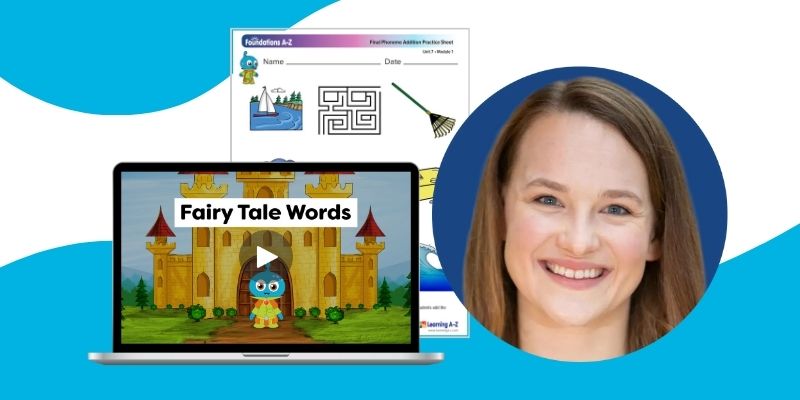
The Secret Sauce of the Science of Reading: High-Impact Practice
Watch this free, on-demand webinar to learn from Dr. Julia B. Lindsey, Ph.D., a foundational literacy expert, as she shares what the research has to say about high-impact practice routines and how those routines look in the classroom.
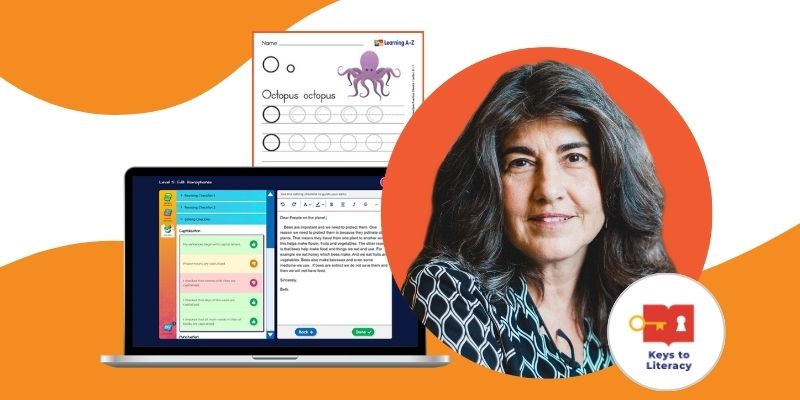
Virtual Writing Summit 2.0 With Joan Sedita
Teaching K–5 writing is hard, but with the right resources, writing can be easy to teach and fun to learn! This free, on-demand webinar featuring Joan Sedita, author of The Writing Rope, will provide educators with actionable strategies to help students at each stage of the writing process – think, plan, write, and revise.
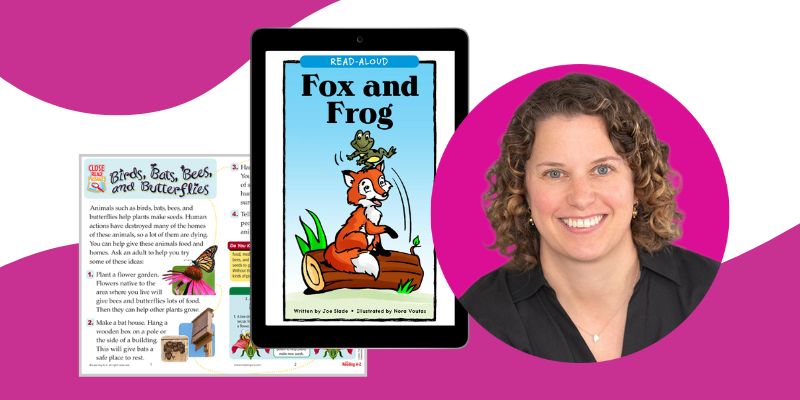
Read Alouds and the Science of Reading: Don’t Stop Your Storytimes!
In this free, on-demand webinar, Dr. Molly Ness, author of Read Alouds for All Learners, explains how to apply the Science of Reading to classroom Read Alouds and talks about the dangers of dropping this beloved instructional practice from your literacy block.
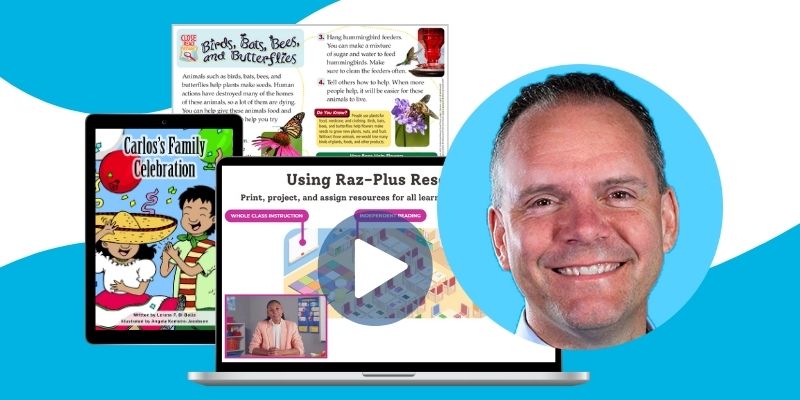
Implementing the Science of Reading: How School Leaders Can Support Instructional Change
In this free, on-demand webinar, Daryl Michel, Ph.D., a renowned expert on student-focused coaching, explores how to drive instructional change by building differentiated, sustained professional learning systems for every educator—from the most eager to the most reluctant.
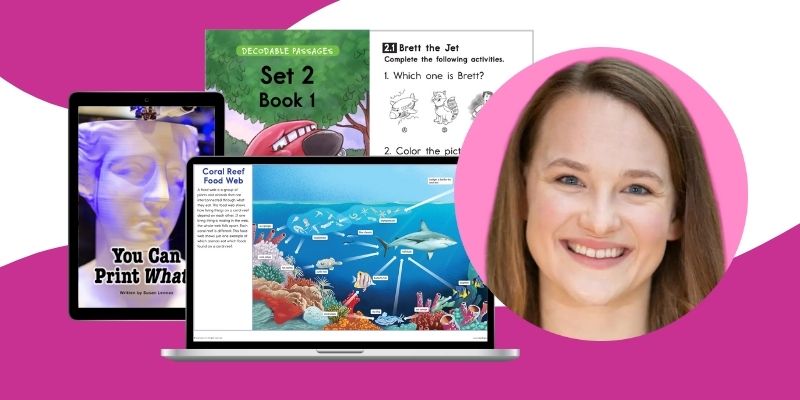
Small Groups and the Science of Reading: Helping Students Get Unstuck
Watch this free, on-demand webinar to learn from Dr. Julia Lindsey, a former teacher and foundational literacy expert, as she shares strategies for using research-based routines to meet students’ literacy needs, especially with small groups.
Learning A-Z also offers professional learning services like live and on-demand webinars, onsite professional learning and curriculum services, lesson modeling and coaching, customized workshops, and more, to ensure all educators are prepared to get the most out of their Learning A-Z resources and teach based on the latest research and best practices.
Science of Reading research provides valuable guidance in helping close literacy gaps in grades K-5. When aligned with these principles, instruction becomes more effective, efficient, and purposeful.
Solutions to Support Science of Reading-Aligned Instruction
Whether you need extra decodable books or complete scope-and-sequenced lesson plans, Learning A-Z solutions will help you align instruction to the Science of Reading and boost literacy for all students. Browse our products or start a free trial today (no credit card required).
Resources:
Ferrell, L., Hunter, M., Davidson, M., & Osenga, T. (2022, February 24). The simple view of reading. Reading Rockets. Retrieved June 30, 2022, from https://www.readingrockets.org/article/simple-vie...



